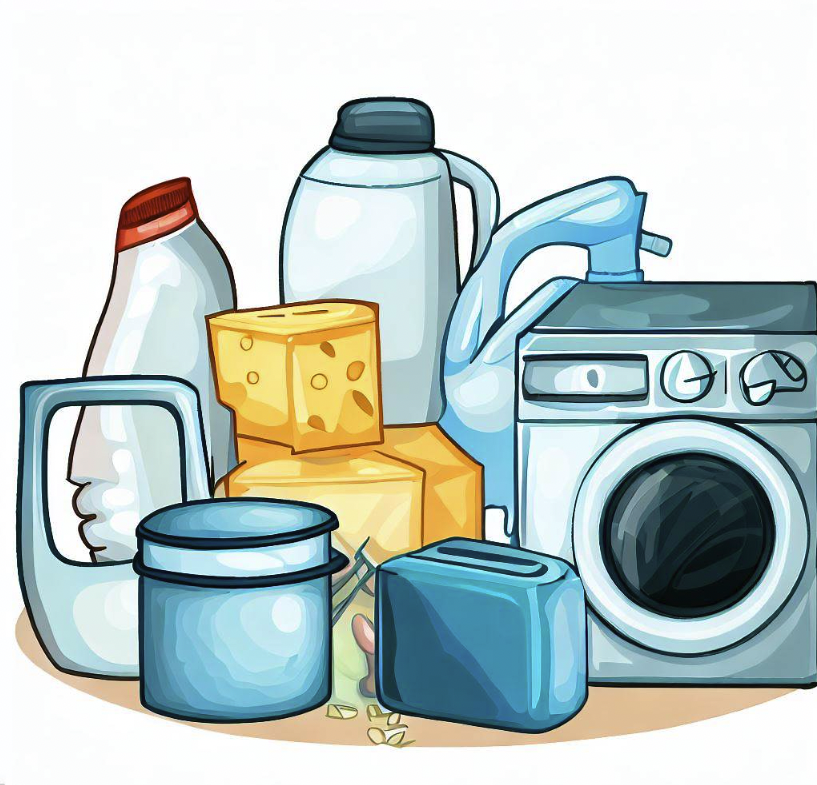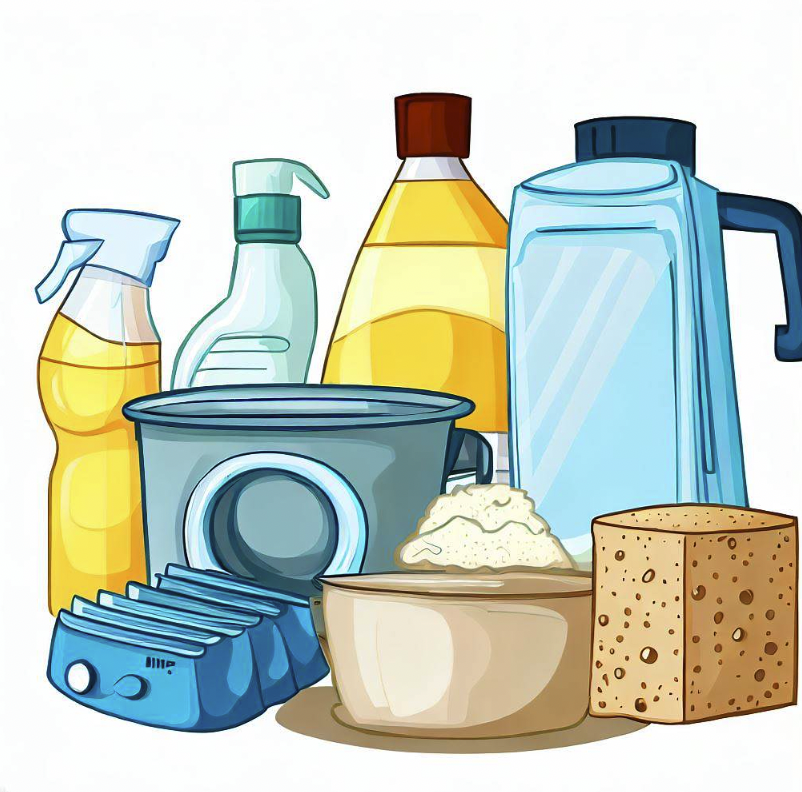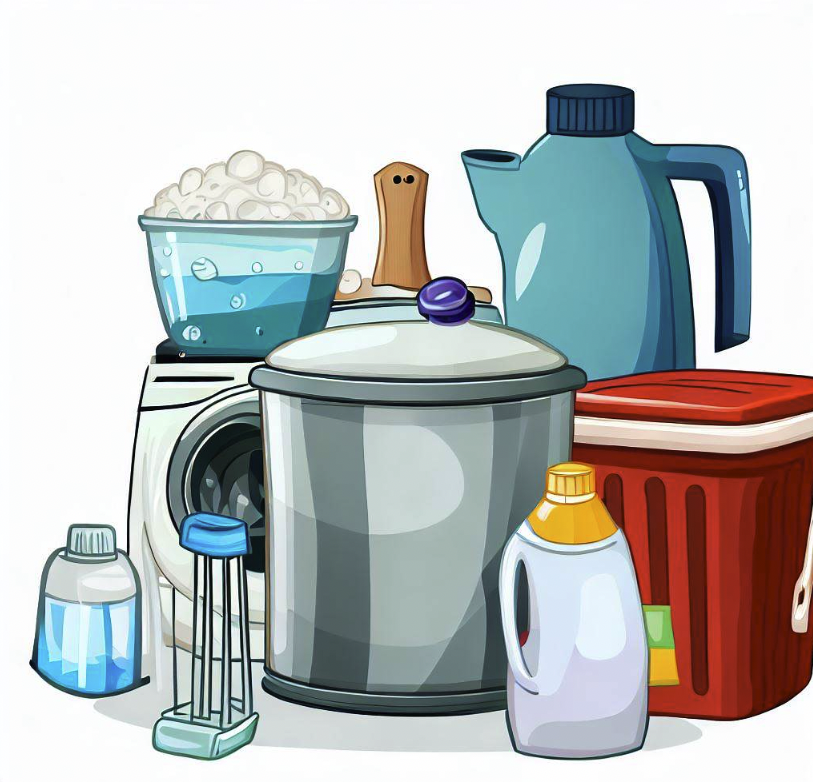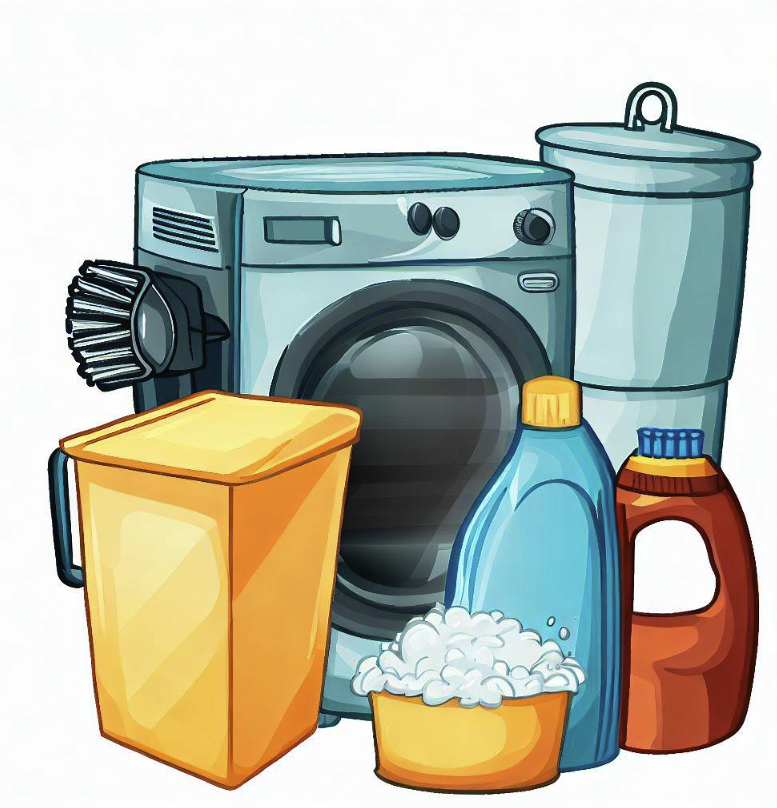Keeping a well-stocked household is essential for maintaining a comfortable and functional living space.
From everyday essentials to emergency supplies, having a comprehensive household staples checklist ensures that you are prepared for any situation.
Below we look at the must-have items for every home, providing valuable insights and practical tips to help you create your own checklist.
Table of Contents
The Importance of a Household Staples Checklist
Having a household staples checklist is crucial for several reasons:
- Convenience: A well-stocked home saves you from last-minute trips to the store, ensuring that you have everything you need at your fingertips.
- Emergency Preparedness: Natural disasters, power outages, or unexpected events can disrupt your daily routine. A checklist helps you prepare for such situations by having essential supplies readily available.
- Cost Savings: Buying in bulk or during sales can save you money in the long run. A checklist helps you identify items that you frequently use, allowing you to take advantage of discounts and avoid unnecessary expenses.
- Peace of Mind: Knowing that you have all the necessary items in your home provides a sense of security and peace of mind.
Creating Your Household Staples Checklist
When creating your household staples checklist, it is important to consider the specific needs of your household.
While some items are universally essential, others may vary depending on factors such as family size, dietary preferences, and geographical location.
Here are the key categories to include in your checklist:
1. Food and Pantry Staples
A well-stocked pantry ensures that you can prepare meals even when fresh ingredients are not readily available.
Here are some essential food and pantry staples:
- Canned goods (beans, vegetables, soups)
- Dry goods (rice, pasta, flour)
- Baking essentials (sugar, salt, baking powder)
- Condiments (ketchup, mustard, mayonnaise)
- Spices and herbs
- Cereal and oatmeal
- Snacks (chips, crackers)
- Non-perishable items (peanut butter, jam)
2. Cleaning and Laundry Supplies
Maintaining a clean and hygienic home requires a range of cleaning and laundry supplies.
Here are some essential items to include:
- All-purpose cleaner
- Disinfectant wipes
- Dish soap
- Laundry detergent
- Fabric softener
- Stain remover
- Broom and dustpan
- Vacuum cleaner
3. Personal Care and Hygiene Products
Personal care and hygiene products are essential for maintaining cleanliness and well-being.
Here are some items to include in this category:
- Toilet paper
- Tissues
- Hand soap
- Shampoo and conditioner
- Toothpaste and toothbrushes
- Body wash or soap
- Feminine hygiene products
- Razors
4. Medications and First Aid Supplies
Having a well-stocked medicine cabinet is essential for addressing minor illnesses and injuries.
Here are some items to include:
- Pain relievers (acetaminophen, ibuprofen)
- Antihistamines
- Bandages and adhesive tape
- Antiseptic solution
- Thermometer
- Tweezers
- Prescription medications (if applicable)
5. Emergency Supplies
Preparing for emergencies is crucial for the safety and well-being of your household.
Here are some essential emergency supplies:
- Flashlights and batteries
- Portable power banks
- Emergency candles
- Portable phone charger
- Non-perishable food and water
- Blankets
- First aid kit
- Emergency contact list
- Fire extinguisher
FAQs – Household Staples Checklist
1. How often should I update my household staples checklist?
It is recommended to review and update your household staples checklist at least once every six months.
This allows you to account for any changes in your household’s needs and ensures that you have an up-to-date inventory of essential items.
2. Should I buy in bulk to save money?
Buying in bulk can be a cost-effective strategy for certain items that have a long shelf life and are frequently used.
However, it is important to consider storage space and expiration dates before purchasing in large quantities.
3. How can I keep track of expiration dates?
One way to keep track of expiration dates is by using a rotation system.
When you purchase new items, place them at the back of the shelf and move older items to the front.
Additionally, you can use labels or markers to write the expiration dates on the packaging.
4. Are there any eco-friendly alternatives for household staples?
Yes, there are several eco-friendly alternatives for common household staples.
For example, you can replace single-use plastic products with reusable options, such as cloth napkins instead of paper towels.
Additionally, choosing environmentally friendly cleaning products and opting for bulk purchases can reduce waste.

5. How can I save money on household staples?
To save money on household staples, consider the following strategies:
- Compare prices at different stores and take advantage of sales and discounts.
- Use coupons and loyalty programs offered by retailers.
- Buy generic or store-brand products instead of name brands.
- Plan meals in advance to avoid unnecessary purchases.
- Consider joining a wholesale club for bulk purchases.
6. What should I do if I run out of an essential item?
If you run out of an essential item, make a note of it on your household staples checklist and prioritize purchasing it as soon as possible.
In the meantime, consider temporary alternatives or borrow from a neighbor or friend if feasible.
7. How can I involve my family in maintaining the household staples checklist?
Engaging your family in maintaining the household staples checklist can help distribute responsibilities and ensure everyone is aware of the items needed.
You can assign specific categories to each family member or create a shared digital document where everyone can contribute and update the checklist.
8. Should I store emergency supplies in a specific location?
It is recommended to store emergency supplies in a designated location that is easily accessible to all household members.
Ideally, choose a cool, dry place away from direct sunlight.
Make sure everyone in the household knows the location and understands the importance of the supplies.
9. How can I avoid clutter when stocking up on household staples?
To avoid clutter, it is important to assess your storage space and only purchase items that you have adequate space for.
Consider organizing your pantry and storage areas using shelves, bins, or containers to maximize space and keep items easily accessible.
10. Can I donate excess household staples?
Yes, if you have excess household staples that you no longer need or are nearing their expiration dates, consider donating them to local food banks, shelters, or charitable organizations.
This helps reduce waste and supports those in need.

Conclusion
A well-stocked household is essential for convenience, emergency preparedness, cost savings, and peace of mind.
By creating a comprehensive household staples checklist, you can ensure that you have all the necessary items readily available.
From food and pantry staples to cleaning supplies and emergency supplies, each category plays a vital role in maintaining a functional and comfortable home.
Regularly reviewing and updating your checklist, considering eco-friendly alternatives, and implementing money-saving strategies can further enhance your household management. By being prepared and organized, you can navigate any situation with ease and confidence.



